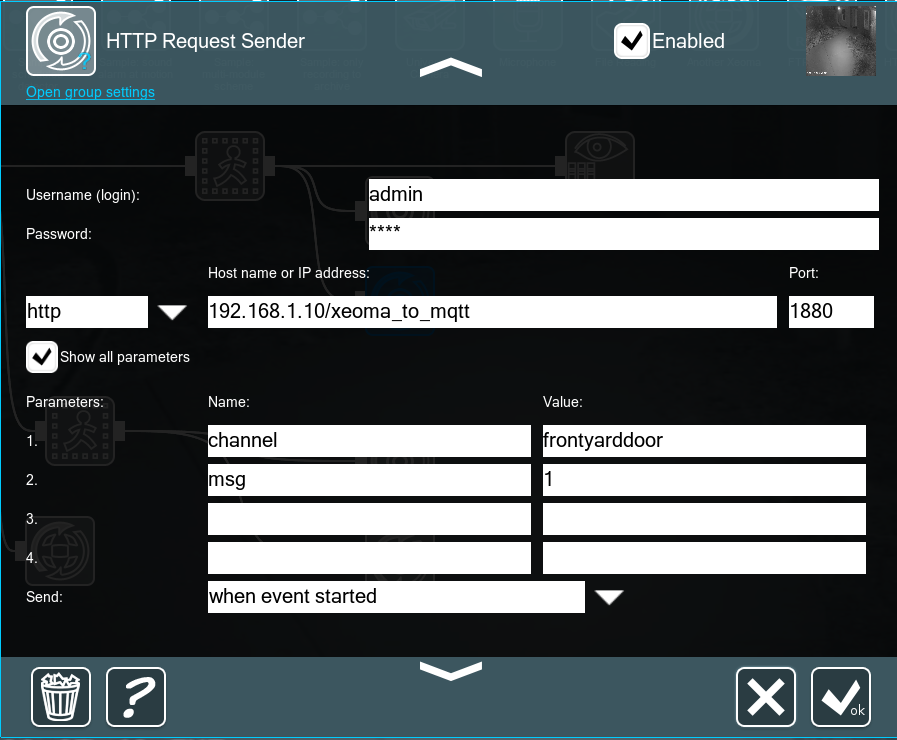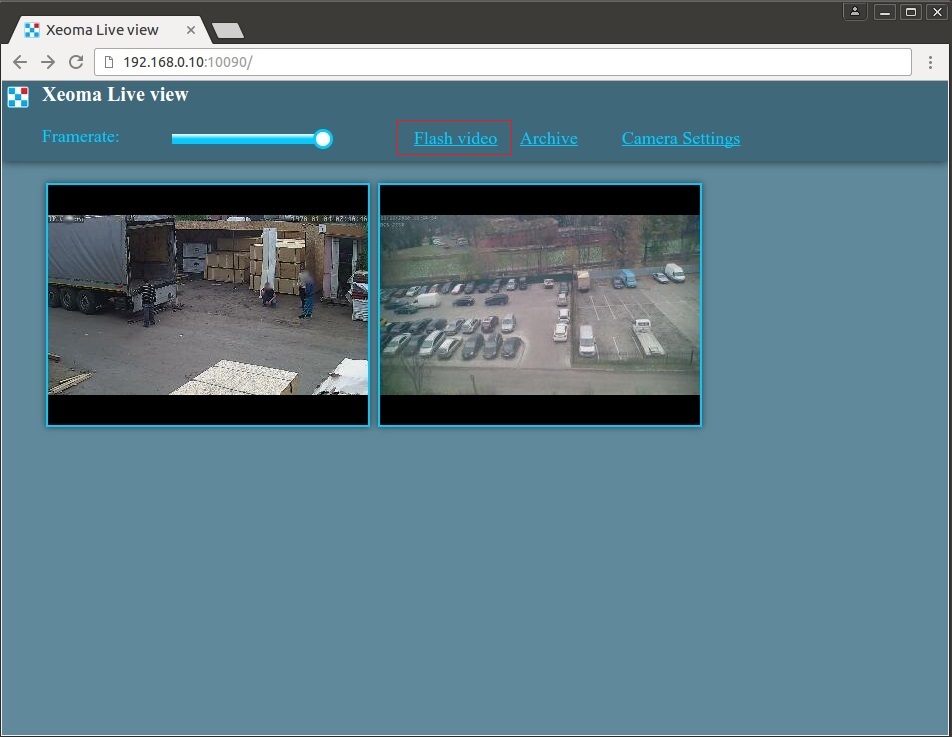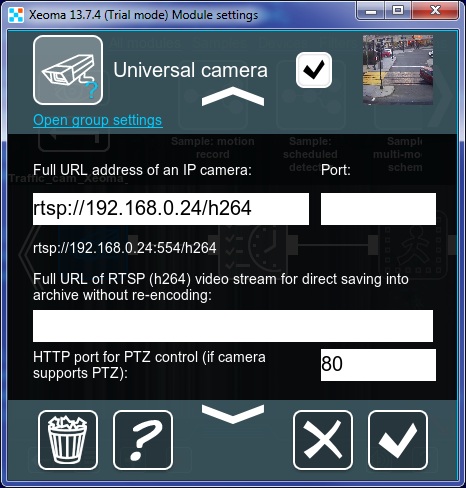

- #XEOMA BUFFERED STREAM READING ARCHIVE#
- #XEOMA BUFFERED STREAM READING SOFTWARE#
- #XEOMA BUFFERED STREAM READING PC#
Buffering – if Buffered video stream reading box is checked in the Universal camera settings, the server will buffer the video coming from the cameras for smoother playback.Video decoding – this is a somewhat trickier subject, since it can be handled by both server and client, so we’ll devote a separate section to it.
#XEOMA BUFFERED STREAM READING PC#
Cloud service (1-click) – it allows you to use a PC as an intermediary between Xeoma Cloud and the cameras only a server can be such an intermediary.
#XEOMA BUFFERED STREAM READING ARCHIVE#

This guide will help you get a better idea of how that division works and which side to scrutinize during troubleshooting.

However, when accessing Xeoma via the interface you may find it difficult to tell whether one particular parameter is related to the server or to the client. These parts can be used within a single machine or separated between multiple devices.īoth of them can be fine-tuned to give you the best possible experience. In short, the server does all the heavy lifting (getting video from cameras, applying various detectors and filters to it, managing archives), while the client fetches and displays the results of the server’s work.
#XEOMA BUFFERED STREAM READING SOFTWARE#
While installing Xeoma video surveillance software requires just a single file, internally it’s divided into 2 parts: server and client. ← Back to articles Server and client settings: the difference


 0 kommentar(er)
0 kommentar(er)
